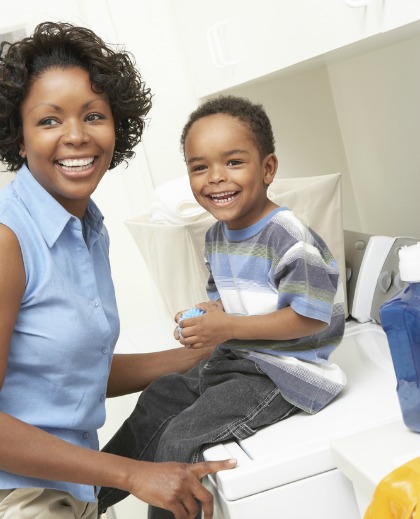Goodbye Drone Parents, Hello Third-Child Parents

It’s time to see what’s new and up-and-coming in the very old world of parenting. The people at Care.com looked at “internal data, news reports, trending stories and our community of parents” to create this list of the Seven Parenting Trends for 2016, so without further ado.
Third-Child-Style Parenting:
Millennials, who grew up with micromanaging, hyper-scheduled helicopter parents, are now parents and taking on a style that is “more relaxed and encourages greater independence.”
Professor Nanny:
Forget the high school kid with extra time on her hands after school. Today’s parents want nannies with advanced degrees and child psych backgrounds.
Enlightened Parenting:
Enlightened-parenting families don’t see differences such as a child bucking gender stereotypes or being in a wheelchair as a reason for a lengthy conversation about acceptance. They just accept it as the norm. Enlightened parents say that showing understanding and acceptance gives the kids a stronger message and helps break down stereotypes better than talking about it.
Hybrid Names 2.0:
No, not hyphenated last names. If parents-to-be can’t choose between a couple of first names, they are combining them. Not only that, there is another naming trend on the rise — dads aren’t the only ones with namesakes anymore. Name that daughter after her mother instead of adding an “a” to the end of Michael and honoring thy father, again.
The Downsized Parent:
While the initial Care.com explanation of this trend says parents are simplifying life and giving up on trying to do it all, read on and it suggests this should actually be called “The Delegating Parent.” It’s not really about downsizing as much as giving some of those time-consuming, less enjoyable tasks (“light housekeeping,” planning a birthday party, wrapping gifts) to the baby sitter or nanny.
Two-Nanny Families:
This is not a nanny-per-kid thing for the 1 percent among us. This is about needing someone to fill the child-care gaps in the schedule. More and more families are finding it takes two someones to do just that. Caregivers are also open to working with multiple families, filling their schedules effectively as well.
Source: northjersey.com



